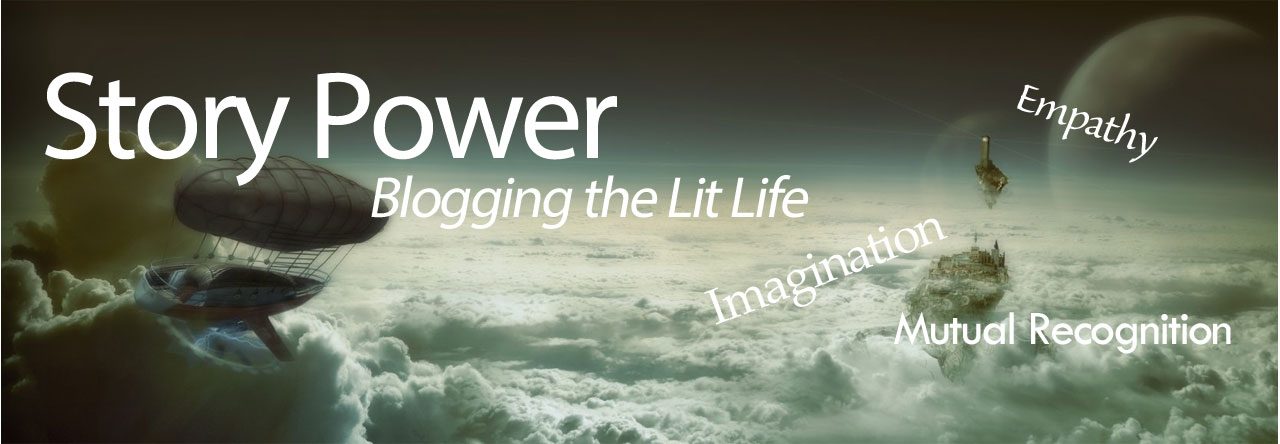In the song “Funeral” by the artist Phoebe Bridgers, she experiences death in a way that parallels Emily Dickinson’s “Because I could not stop for Death”. This is our group (Lilly, Rachel, Olivia, Claire, and Nora) analysis of the song:
And I have this dream where I’m screamin’ underwater
While my friends are wavin’ from the shore
And I don’t need you to tell me what that means
I don’t believe in that stuff anymore
This stanza of the song “Funeral” by Phoebe Bridgers parallels the meaning of the poem“Because I could not stop for Death”, by Emily Dickinson, by expressing how depression can feel isolating and can feel like coming closer to dying. The poem personifies death and how they get into a carriage on their way to the end of their life. Bridgers illustrates how she feels like she is drowning and no one can hear her, while she can see her friends on the shore. Both the speakers express their feeling of being alone and the process of watching life fade before their eyes. Bridgers is under water, so her view is skewed along with the speaker in the poem is in a carriage passing all parts of life through the window. Both speakers experience repetitive, endless sadness and the tainted view of life carrying on without them. The song and the poem convey meanings of helplessness and how uncontrollable life is that leads to an immense depression that feels like dying.
Jesus Christ, I’m so blue all the time
And that’s just how I feel
Always have and I always will
I always have and always will
This stanza relates to Emily Dickinson’s poem because it includes the phenomenon of eternity, as the song’s author repeats that she will always feel “blue”: “Always have and I always will–I always have and always will,” (Bridgers). Dickinson expresses the idea of eternity throughout her dark poem and deliberately states that she is heading toward the afterlife for an Eternity in the last line of her text. She says, “Since then–’tis Centuries–and yet…Were toward Eternity,” (Dickinson). Both examples represent a dark feeling of endlessness that both narrators express.
Funeral by Phoebe Bridgers is an example of a Romantic poem because of its negative emotional truth. The narrator expresses sadness, despair, and hopelessness throughout the stanzas of her song. In the first stanza, she says, “…it makes me so sad–when I think about it too much, I can’t breathe,” (Bridgers). The song also emphasizes the narrator’s personal experience and intuition rather than logic or reasoning. In the second stanza of Bridgers’ song, she writes, “And I have this dream where I’m screamin’ underwater–And I don’t need you to tell me what that means–I don’t believe in that stuff anymore,” (Bridgers). Here the narrator is favoring her own experiences and intuition over reasoning from peers, which is a pattern seen in Romantic poetry.
I have a friend I call
When I’ve bored myself to tears
And we talk until we think we might just kill ourselves
But then we laugh until it disappears
This stanza of Phoebe Bridgers’ “Funeral” compares to the concept behind Emily Dickinson’s “Because I could not stop for Death.” Both pieces explore the ideas of death and depression. The lines by Bridgers, “And we talk until we think we might just kill ourselves / But then we laugh until it disappears” explains how depression can overcome a person (Bridgers). These lines are reminiscent of “Because I could not stop for Death – / He kindly stopped for me” because they both are about how death can seem enticing while depressed (1-2, Dickinson). Both of the speakers respectively are yearning for peace and rest, which they think will only be found in death. In her poem, Dickinson describes a person being taken towards the afterlife in Death’s carriage which holds “Immortality” and that the carriage’s “Horses’ Heads / Were toward eternity” (4, 23-24, Dickinson). She depicts being dead as being immortal and eternal, which seems contradictory. However, in “Funeral,” Bridgers makes a similar statement by saying that she wants her endless sadness, her being “so blue all the time,” to end by committing suicide.
